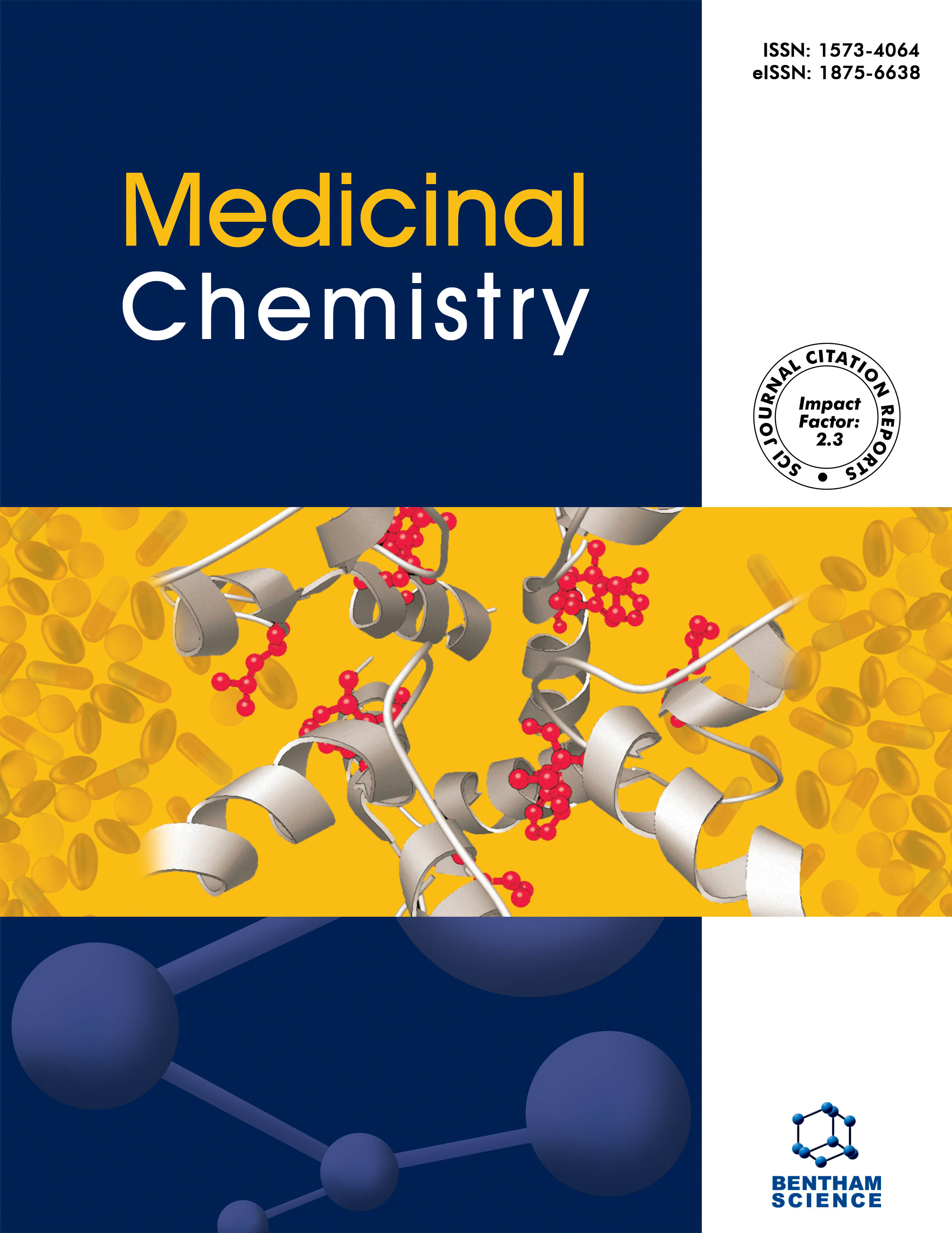
Full text loading...
We use cookies to track usage and preferences.I Understand
Drug resistance to existing antimicrobial drugs has become a serious threat to human health, which highlights the need to develop new antimicrobial agents.
In this study, a new set of 3-hydroxypyridine-4-one derivatives (6a-j) was synthesized, and the antimicrobial effects of these derivatives were evaluated against a variety of microorganisms using the microdilution method. The antimicrobial evaluation indicated that compound 6c, with an electron-donating group -OCH3 at the meta position of the phenyl ring, was the most active compound against S. aureus and E. coli species with an MIC value of 32 µg/mL. Compound 6c was more potent than ampicillin as a reference drug.
The in vitro antifungal results showed that the studied derivatives had moderate effects (MIC = 128-512 µg/mL) against C. albicans and A. niger species. The molecular modeling studies revealed the possible mechanism and suitable interactions of these derivatives with the target protein.
The obtained biological results offer valuable insights into the design of more effective antimicrobial agents.

Article metrics loading...

Full text loading...
References


Data & Media loading...
Supplements

